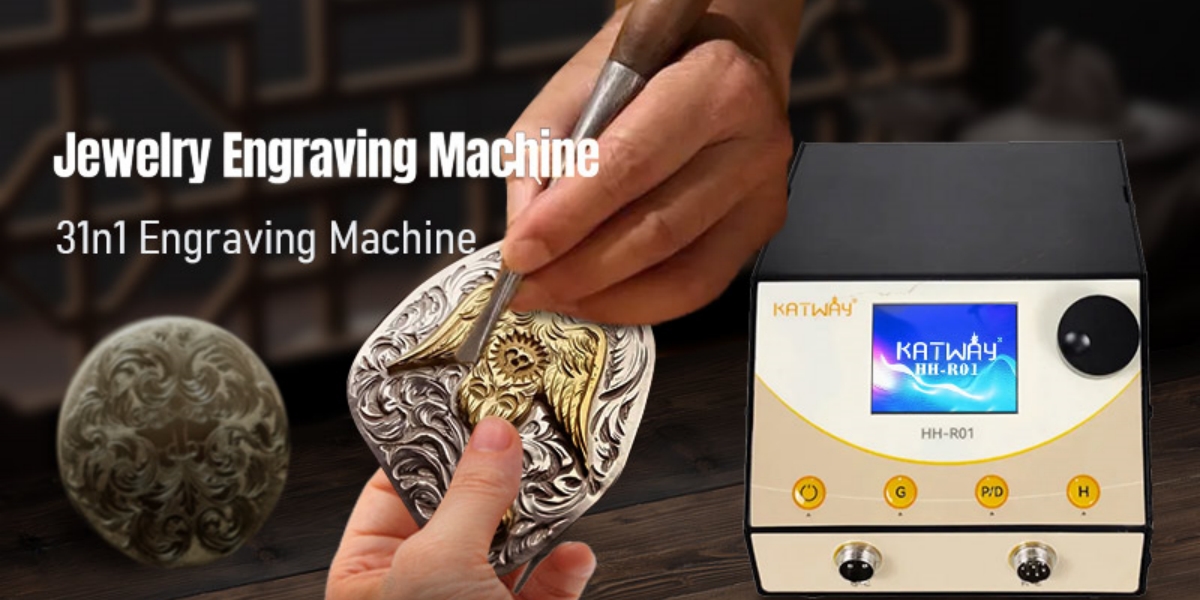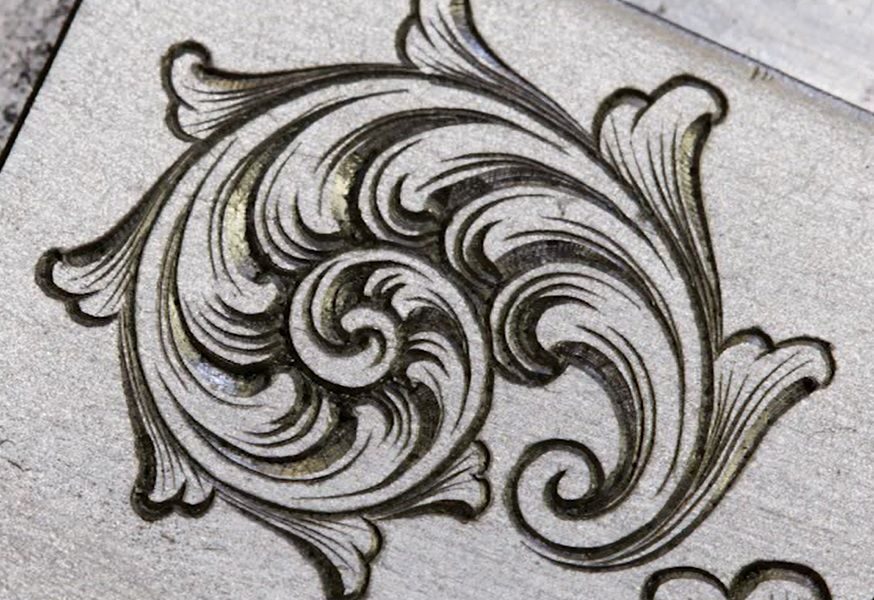The art of hand engraving has been an integral part of the evolution of many of our designs. Our skilled artisans meticulously cut intricate patterns, letters, or motifs directly into the metal surface, imbuing each piece with a unique and personal touch. It is important to distinguish this from carved patterns, which are crafted in wax or resin models and then cast into place. The beauty of hand engraving lies in its ability to create delicate and intricate details, setting it apart from cast patterns. In our creations, we seamlessly integrate both techniques, leveraging the unique qualities of each to achieve varied and captivating effects that are truly one-of-a-kind. Our commitment to quality and attention to detail is evident in every piece we create.
Distinguishing Hand-Engraved Patterns from Cast Patterns
1.Hand engraving
The art of hand engraving has a rich history that spans back to ancient civilizations such as Mesopotamia, Egypt, and Greece. Artisans from these ancient cultures used simple tools like chisels and burins to create intricate designs on various materials, including metal, stone, and ivory. These engraved objects were highly valued and served a variety of purposes, including religious, decorative, and functional.
The art of hand engraving flourished during the 18th and 19th centuries, as artisans applied their skills to a wide range of objects, including firearms, cutlery, and personal items. Hand engravers of this period were highly skilled and used a variety of techniques to create intricate designs on metal surfaces. Portraits and scenes were a popular subject of engraving, showcasing both artistic expression and technical skill.
Today, hand engraving continues to thrive as a traditional craft and an art form. Modern artisans use a variety of tools, including pneumatic and rotary tools, to engrave intricate designs on jewelry, awards, firearms, and more. The process of hand engraving requires a high level of skill and attention to detail, and the resulting pieces are highly prized for their beauty and craftsmanship.
Hand engraving is an intricate craft that involves meticulously cutting surfaces with finely prepared tool steel or carbide gravers. This delicate process is typically one of the final steps in the creation of a custom ring, allowing for the addition of engraving to existing pieces at any stage of their development. Our master engravers skillfully cut each line by hand, giving rise to the creation of the most detailed and imaginative designs imaginable. Recently, masters have become more and more accustomed to using pneumatic engraver for their engraving creations.

2.Cast Patterns
When it comes to designing jewelry, patterns play a crucial role in enhancing the overall look and feel of the piece. Traditionally, patterns are either carved or cast into the wax model, which gives them a certain depth and makes them an integral part of the design. This ensures that the patterns blend seamlessly into the piece, creating a more pronounced and enduring effect.
Compared to hand-engraved patterns, which can be subtle and delicate, carved elements are usually part of the CAD rendering or the wax or grown model. This allows for a greater degree of flexibility in refining the design before proceeding to casting and finalization. With carved patterns, designers can preview the final product and make any necessary adjustments to ensure that the result is precisely what they envision. This level of precision and control is crucial in creating high-quality jewelry that stands the test of time.
How it Works
Crafting intricate designs can be a challenging process, particularly when it comes to replicating them in a virtual 3D environment. However, despite the intricacy of the patterns involved, a significant portion of them can be accurately recreated in a digital format. This transformation process allows you to trace the evolution of your design from its initial rough sketches to the stage of photorealistic renderings, and ultimately to the development of a tangible physical model.
The journey of creating an intricate design is a meticulous one. It involves careful attention to detail and a deep understanding of the materials involved. Each step of the way must be approached with precision, from the initial sketches to the final casting stage. It’s a journey that requires patience, dedication, and a willingness to explore new possibilities.
The engraving stage is the final step in the intricate craftsmanship process. It’s where your envisioned design materializes into a tangible and lasting form. This is where all the hard work and dedication pay off, as you witness your design take shape before your eyes. The result is a masterpiece that has been crafted with care and precision, ready to be admired and cherished for years to come.





